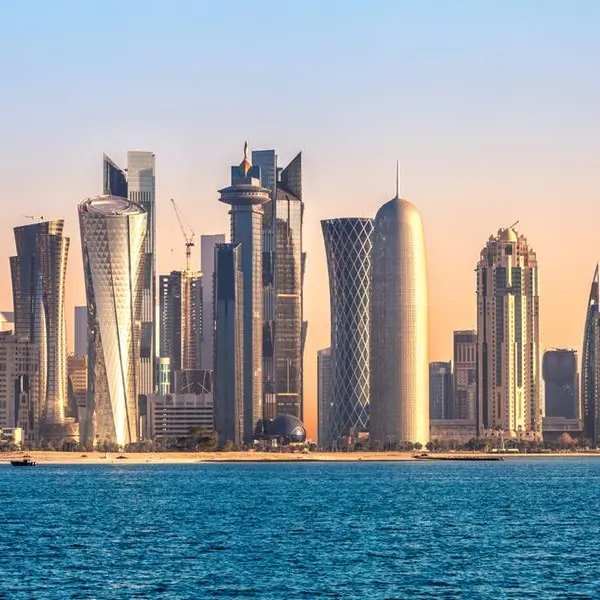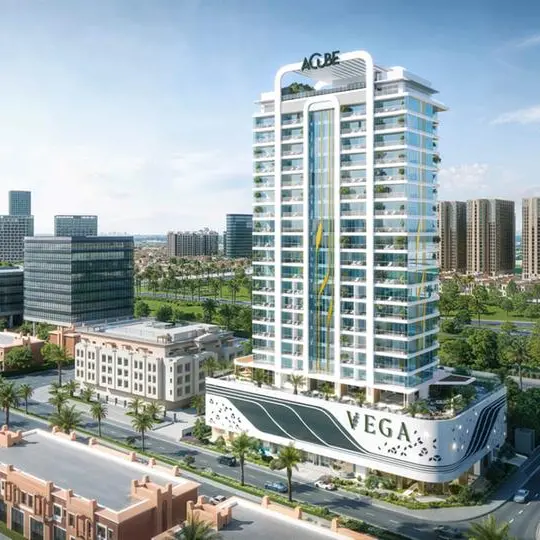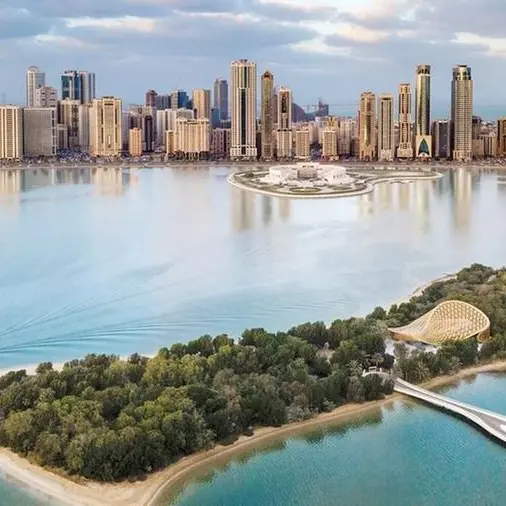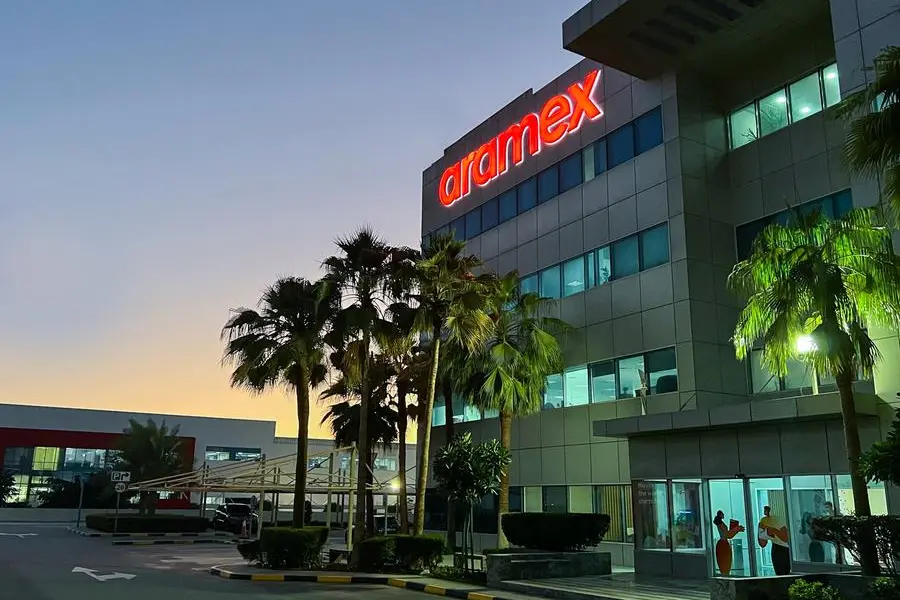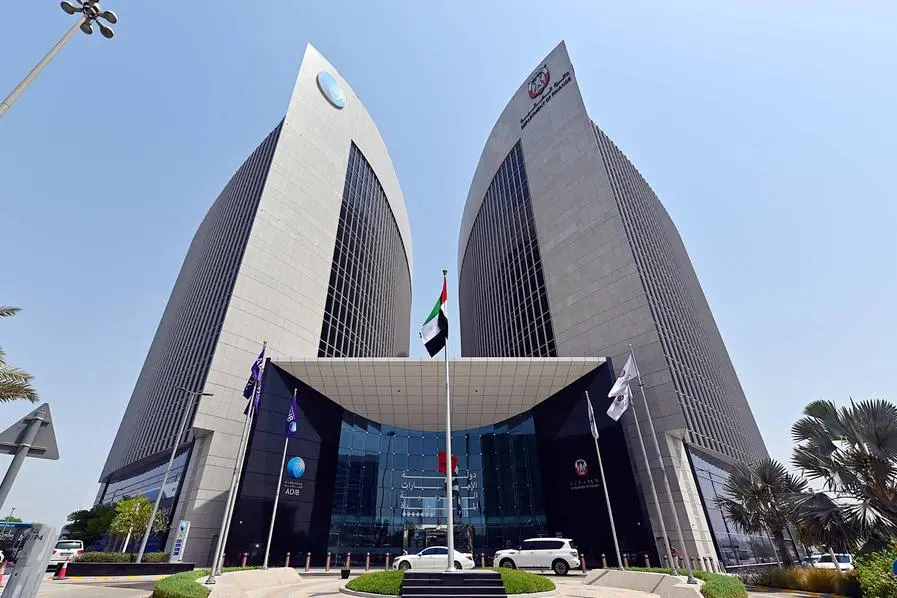PHOTO
Central Johannesburg cityscape from the top of the Carlton Centre, Johannesburg, South Africa . Image used for illustrative purpose. Image courtesy: Getty Images/ James Strachan
When it comes to real estate, location is everything. A great neighbourhood not only enhances day-to-day living but also contributes to long-term property value appreciation. To gain real-world insights, we spoke to property professionals who have spent years observing what makes a neighbourhood thrive.
Whether buying a home or investing in property, understanding the key factors that define a desirable location is crucial.
What makes people fall in love with a neighbourhood?
Often, it’s a mix of everyday convenience and long-term investment potential. The fundamental elements that shape desirability include access to top-rated schools, proximity to essential amenities and well-maintained public spaces.
Lynda van de Venter of Just Property Heritage explains: “The more conveniences an area has, the more desirable it will be. However, top-rated schools and security are probably the most influential factors in the decision to buy into an area.”
Joe Alves of Just Property Blouberg highlights the importance of vibrant local businesses and strong transport networks: “Thriving businesses reflect a robust local economy, and access to clean, safe parks increases desirability, particularly in urban areas.”
In Pietermaritzburg, Just Property’s Adele Oosthuizen notes that areas attracting young families tend to maintain stronger property values over time. “Demographics play a major role in real estate trends. When a neighbourhood draws in young families, it ensures long-term demand and community stability.” She has seen firsthand how areas near prestigious schools like Maritzburg College and St. Charles remain in high demand, while shopping hubs such as Midlands Mall add to a location’s appeal.
The role of infrastructure and connectivity
Well-developed infrastructure, including public transportation, road networks, and proximity to economic hubs, significantly impacts a neighbourhood’s attractiveness. A well-connected neighbourhood doesn’t just make daily life easier – it reassures buyers that their investment will hold its value.
Lynda highlights the importance of being near transport hubs: “Strong transport links such as the Gautrain in Johannesburg play a vital role in facilitating daily commutes while also influencing long-term property appreciation.”
In Pietermaritzburg, the N3 highway serves as a crucial link to major cities, ensuring that areas like Scottsville and Hayfields remain in high demand. Adele notes that government-backed infrastructure projects, like road upgrades and new public facilities, are strong indicators of future growth. “These investments show a long-term commitment to an area’s development and can significantly boost property values.”
In Cape Town, properties close to MyCiti bus routes are attractive to many who want to avoid driving themselves in that city’s traffic congestion. Joe adds that pedestrian-friendly streets and safe sidewalks are key for creating a connected and accessible urban environment. “Walkability is becoming a major factor in buyer decisions – people want the option of getting around without always relying on a car.”
Community engagement and stability
Beyond the physical aspects of a neighbourhood, the people who live there also shape its character. An engaged community fosters a sense of belonging and stability, both of which are key in maintaining property value. Homeowners’ associations (HOAs) and active community groups contribute to a neighbourhood’s appeal by enforcing maintenance standards, organising local events and promoting security initiatives.
According to Joe, “HOAs enforce property upkeep guidelines, ensuring the neighbourhood maintains an attractive appearance. Community groups also enhance safety by coordinating neighbourhood-watch programmes and fostering a collaborative spirit among residents.”
He also highlights the role of community-led beautification projects, such as murals or community gardens, in making neighbourhoods more unique and desirable. “These initiatives create a sense of identity and show that residents take pride in their area, which positively impacts property values.”
Identifying growth potential in emerging areas
When assessing an up-and-coming neighbourhood, buyers and investors should look at key indicators such as infrastructure projects, commercial developments and municipal investment. According to Adele, “A good indicator of future growth is the presence of large retailers investing in an area. Developments such as new malls, schools and hospitals signal long-term stability.”
Joe advises investors to also look for “infrastructure investments such as new roads, expanded transport links and major employers moving into an area. These factors often correlate with rising property values and increased demand.”
He also suggests analysing rental yields in undervalued areas to determine whether they are poised for appreciation. “High rental demand in a seemingly overlooked neighbourhood can indicate future growth potential, making it an ideal investment opportunity.”
Future trends
With lifestyle preferences shifting, modern buyers increasingly prioritise walkability, access to green spaces and proximity to cultural amenities. The rise of remote work has also influenced demand, with homebuyers seeking areas that offer both connectivity and tranquillity.
“With more people working from home, well-maintained green spaces and cultural amenities have gained prominence. Family-oriented suburbs that provide parks and community engagement opportunities have become highly desirable,” says Lynda.
Joe echoes this point, adding that “neighbourhoods with theaters, museums and music venues offer depth to residents’ lifestyles and often attract creative, forward-thinking buyers.”
Another significant impact of remote work is that suburban areas with larger homes are becoming increasingly attractive. “These buyers now prioritise home office space and a quieter environment over proximity to city centres,” says Adele.
She also highlights the growing importance of sustainability: “Energy-efficient homes, eco-friendly developments, and green building initiatives are becoming more appealing to buyers who are looking for long-term value.”
Making an informed decision
Choosing the right neighbourhood goes beyond online searches for your dream home – it requires a deep understanding of the local landscape, infrastructure and long-term growth potential. Whether prioritising access to schools, transport networks or green spaces, informed buyers and investors will be able to make confident decisions that align with their lifestyle and financial goals.
Ultimately, a great neighbourhood is more than just a place – it’s a lifestyle, a community and a long-term investment. Let a trusted property professional guide you towards locations that will hold and grow in value over time.
Copyright © 2022 AfricaBusiness.com - All materials can be used freely, indicating the origin AfricaBusiness.com Provided by SyndiGate Media Inc. (Syndigate.info).


